
Editor's Note: This story originally appeared on Living on the Cheap.
Looking for ways to stay warm and cozy at home? For many of us, winter is when we discover a few more cracks and crannies for the cold air to find its way inside.
Not only does that make it harder to keep your house warm, it sends money out the door as the electric or gas bill climbs.
So, what can you do to lower your heating costs? Don’t stay home shivering. Take advantage of these easy and inexpensive ways to stay warm in the winter.
1. Keep the cold air out

The number one thing you can do to stay warm this winter without cranking up the heat is to block the cold from getting in. Insulate your house from freezing temps outside with these tips.
2. Seal gaps
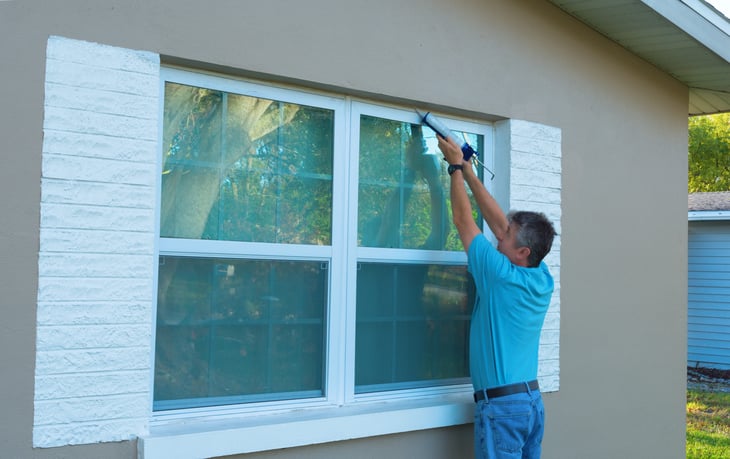
Gaps around windows and doors are the most common places for air to find its way inside. Use caulking or repair those gaps to avoid the loss of heat and eliminate cold wind blowing in.
The U.S. Department of Energy says that between 10% and 20% of energy use is due to drafty doors and windows.
If an actual repair is impossible, you can purchase draft stoppers for doors very inexpensively on Amazon.
3. Add weatherstripping
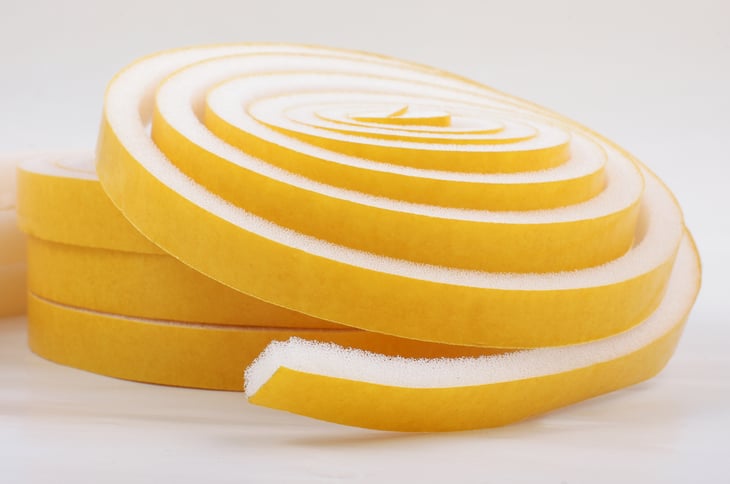
If you have gaps in doors and windows, consider purchasing weatherstripping. It’s available in local home improvement stores so you can do it yourself and save even more.
The Department of Energy helps you determine what kind of weatherstripping you need.
4. Insulate windows with clear film
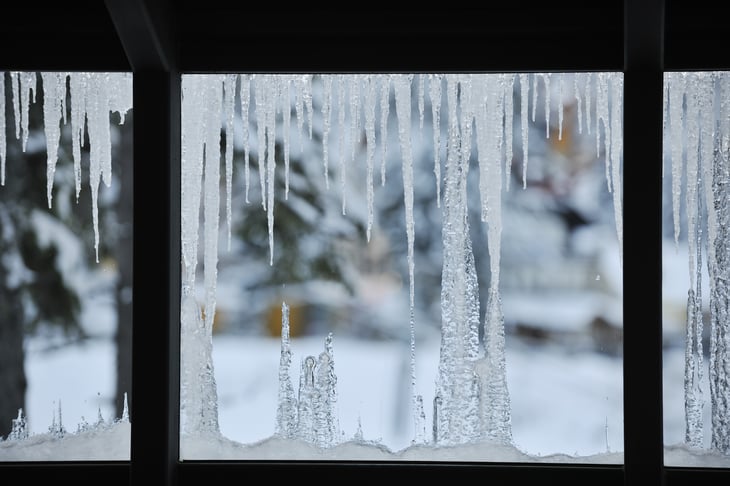
This window insulation kit at Amazon, made by 3M, covers two 3-foot x 5-foot windows with clear film. Other sizes are available.
The clear film helps keep cold out and heat in without blocking light. You can use it over blinds as well. Be sure to watch the instructional video on that page.
5. Insulate your attic
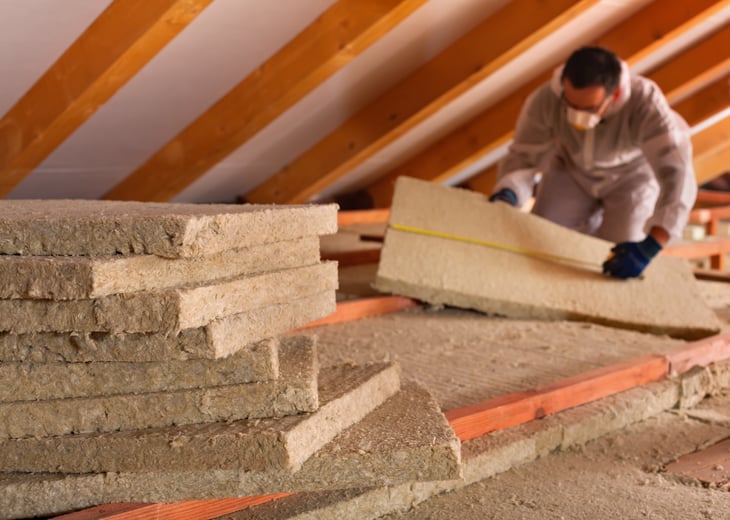
Check to see if your attic has proper insulation. If it’s not insulated, you’ll want to add some. If your home is older, inspect the insulation since it can settle over time, compromising efficiency.
Bringing your attic insulation to recommended levels will save you money and keep heat from escaping. Find out if you have enough insulation.
6. Install drapes

Heavy or insulated draperies can help keep heat inside your house in very cold climates. Consider using blinds to help keep cold out and heat in at night.
7. Insulate your outlets
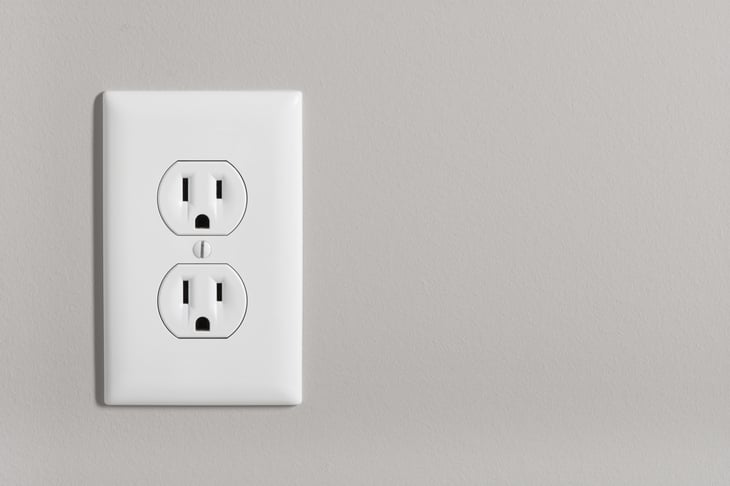
Put draft stoppers behind outlets to keep air out.
8. Close the fireplace damper
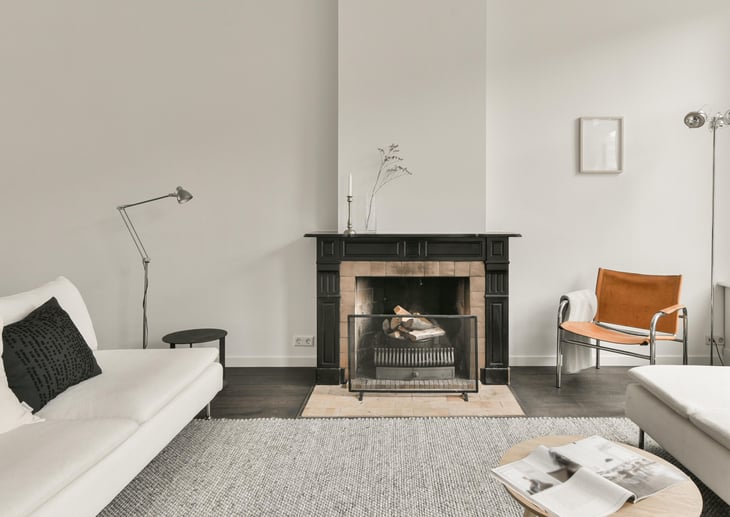
If you aren’t using the fireplace to warm the house, make sure the damper is closed. (Remember to open it again before lighting a fire.)
9. Keep the warm air where you want it
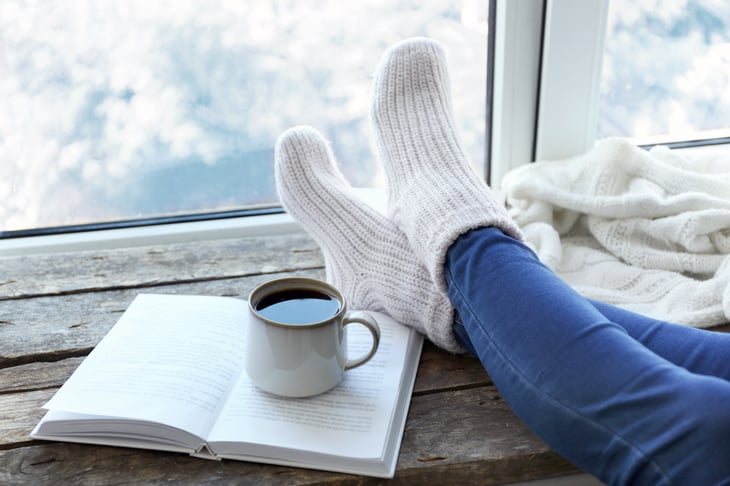
Once you’ve stopped the cold from getting in, you have to find ways to avoid letting the warm air escape. You’ll see what we mean with these next few tips.
10. Turn off the bathroom fan

An exhaust fan is nice for pulling out steam from a shower in summer, but it also pulls warm air out of the room in winter.
Use it only when needed and don’t leave it running when you leave the room. Better idea? If possible, leave the door open when you shower.
11. Minimize use of the stove vent
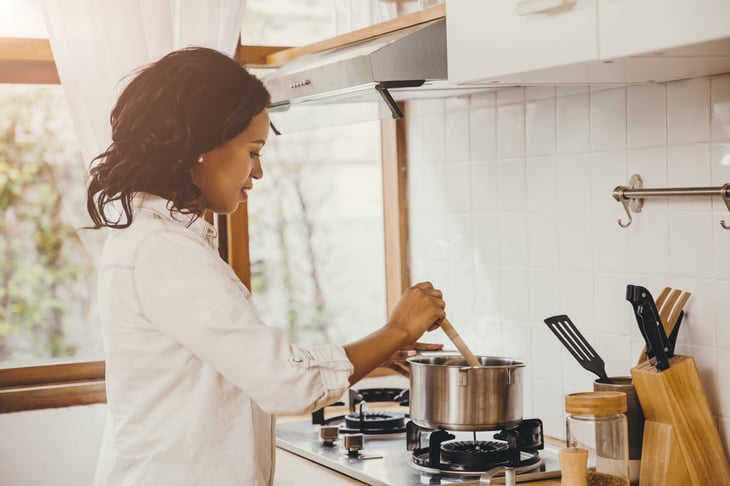
Like the bathroom fan, the vent over your stove also lets warm air out of your home. Use it as needed but don’t leave it running unnecessarily because it pulls warm air out.
12. Optimize your ceiling fans
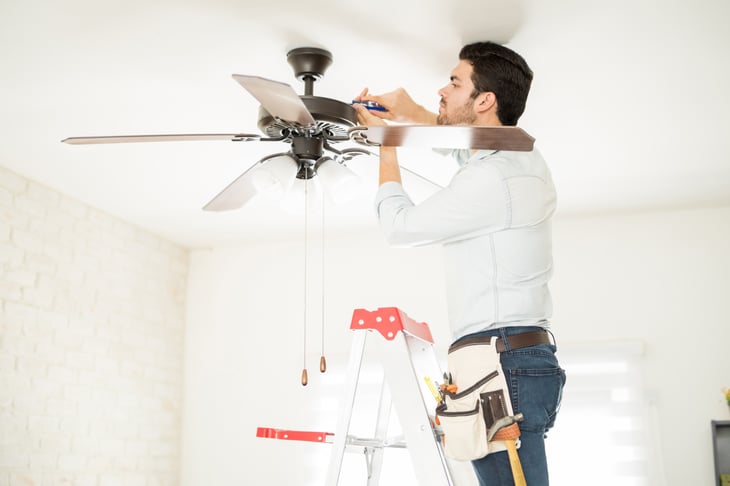
Reverse ceiling fans to turn in the clockwise direction in winter. This helps push the warmer air that gathers at the ceiling down and is especially useful if you use a fireplace or other source of wood heat.
13. Rearrange the furniture

Move larger sofas and chairs away from drafty windows if possible to stay warm.
To make your living areas even warmer and cozier, pile a stack of soft, comfortable blankets on a chair or in a basket in your living room, or even on the floor.
They will be inviting for friends and family, offer warmth and make the winter season a little bit brighter.
14. Don’t close vents in unused rooms
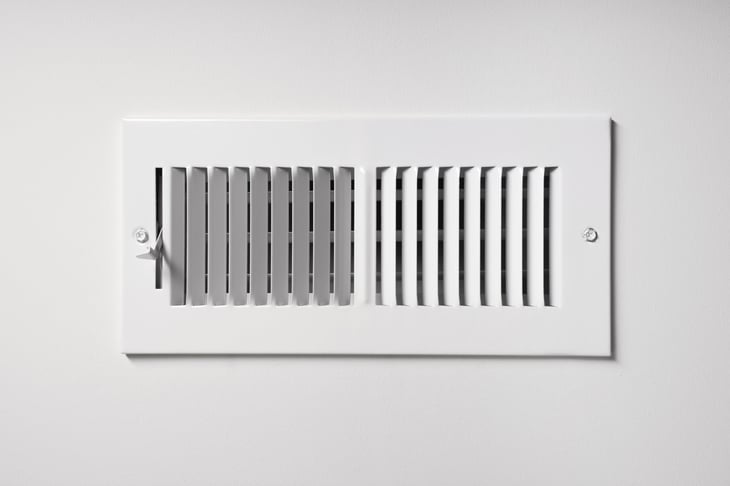
Closing vents is a common piece of advice, but experts say it can actually cost you money.
15. Let ambient heat go where you need it

On the other hand, if there’s a room near the kitchen where the family hangs out, be sure to keep kitchen doors and passages open so the warmth from the oven or running dishwasher can permeate the spaces around it.
16. Prep your radiators
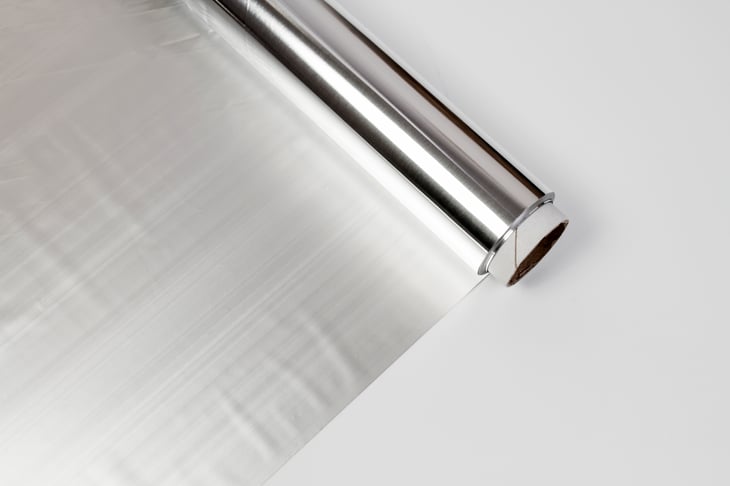
If you use radiator heating, use tin foil behind the radiators to reflect heat back into the room rather than allowing it to flow into the walls.
17. Don’t skimp on home maintenance
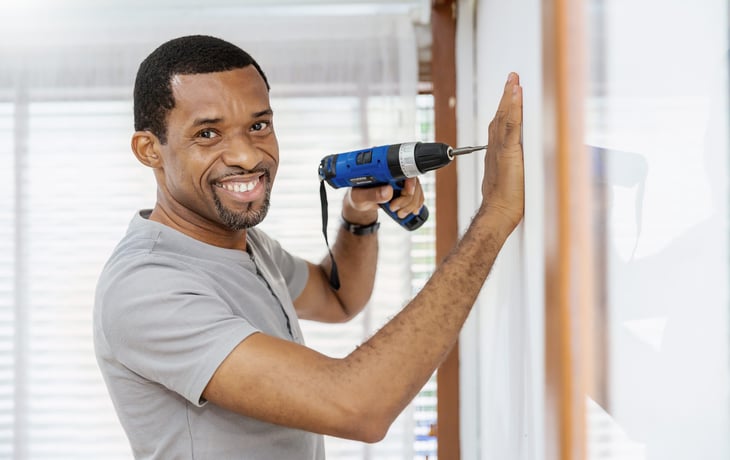
You can improve the heating efficiency of your house if you keep up with routine maintenance.
18. Replace furnace filters once a month
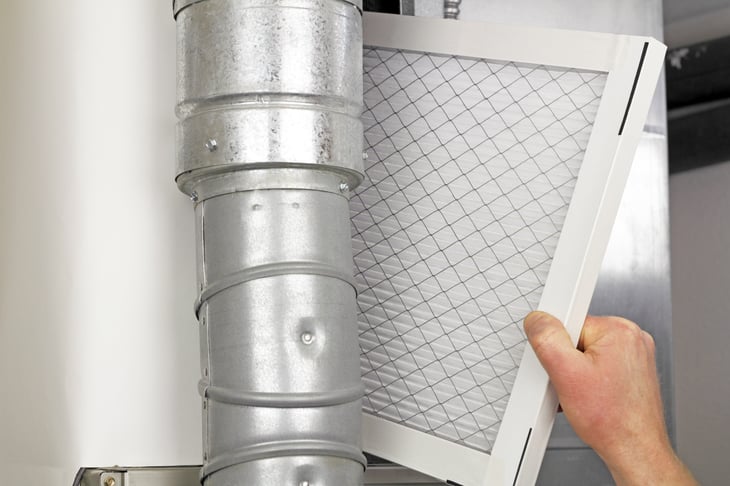
In order to keep your furnace working more efficiently and effectively, it’s important to change your furnace filters often in winter, probably once a month.
A furnace filter traps dust, dirt, pet hair and dander, but if it gets too clogged, your furnace has to work harder. That can reduce the efficiency of your furnace, not to mention its lifespan.
Change the filters frequently for a warmer house.
19. Get your chimney cleaned
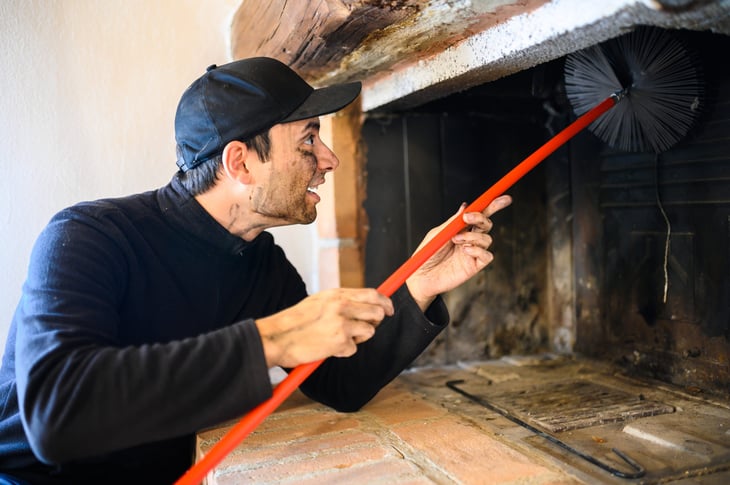
Make a small investment in having a professional clean your chimney this fall.
This will help avoid a potential fire from creosote build-up in the chimney lining and will make your chimney more efficient.
20. Consider insulating your hot water heater
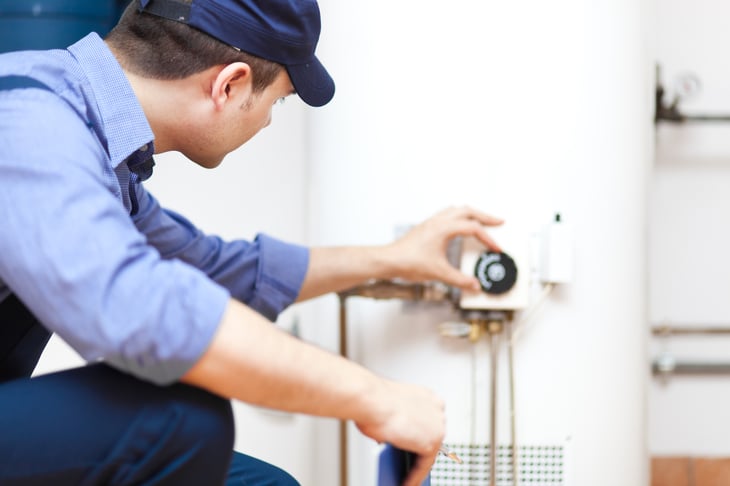
Before buying an insulating blanket, read this article on the Department of Energy site for important safety warnings and advice.
Make sure your hot water heater is well insulated, especially if it’s located in a cold attic, garage or basement. Wrap it in a water heater blanket to keep the heat from escaping.
The less work it needs to do the heat that water, the less you’ll pay and the warmer you’ll stay.
21. Check the roof
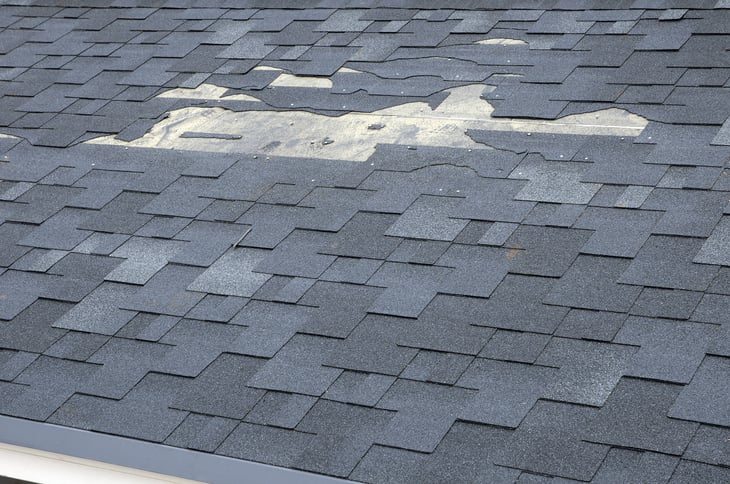
Do a quick check of the roof and replace or repair any loose or missing shingles. Not only will this keep cold air out, but it will prevent a nasty water leak surprise this winter.
22. Repair air ducts
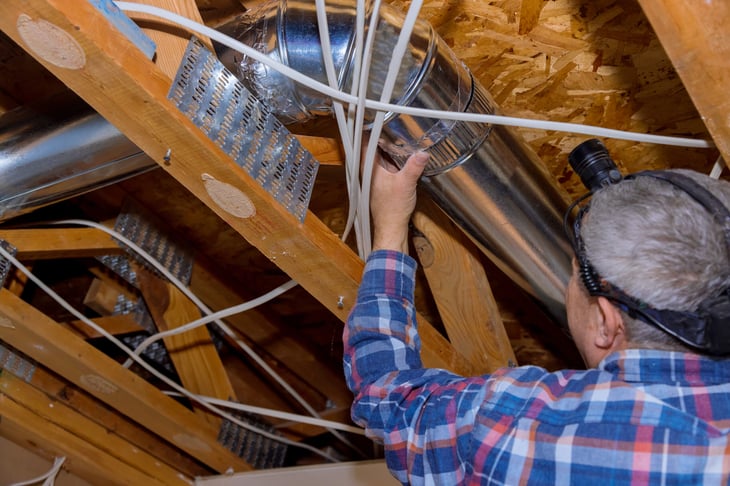
Check your air ducts for leaks that let hot air escape. The EPA does not recommend routine cleaning of air ducts, however.
23. Make smart choices to stay warm
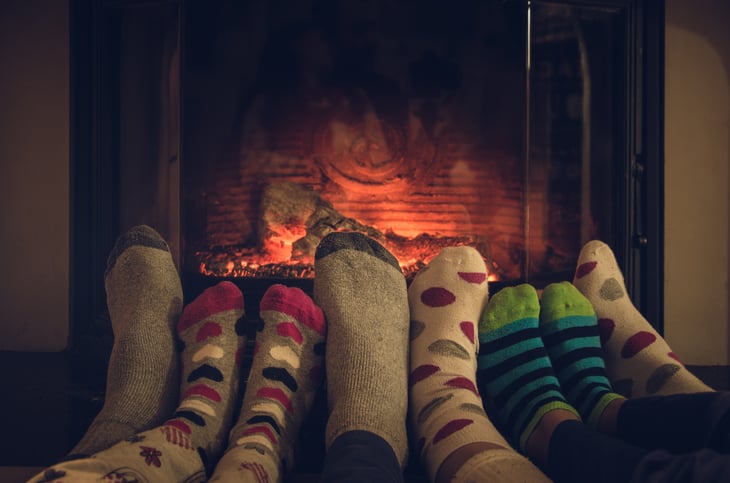
Find ways to keep your body warm without turning up the thermostat, and you’ll feel cozier while saving on winter utility bills.
24. Dress in layers

Focus on keeping yourself warm rather than your house. Comfy socks, flannel pants, layered clothing, even fingerless gloves can keep you warm without turning up the heat.
25. Eat warming foods

Swap your soda for a steaming cup of tea, coffee or cocoa, and put on a pot of soup for lunch.
Cook a hot, healthy meal for dinner and leave the oven door open to allow the heat to escape into the room as you enjoy your meal.
There is a reason we want to eat more in the winter; your body craves fuel to heat itself.
Listen to your body and eat to stay warm. Oatmeal, starchy vegetables and protein will help.
26. Switch to flannel sheets

Change your sheets and use flannel ones in winter. You won’t need the room as warm, so you save on heating costs.
27. Layer on more coziness

Add extra blankets to the beds, so family and guests can pull up a layer of warmth at night instead of cranking up the thermostat.
28. Warm the bed ahead of time

Slip a hot water bottle or microwave a rice-filled heating pad to further warm up your bed before you get in. Pets are good for this too, if you don’t mind sharing your space with them!
Just don’t use an electric heating pad, which can cause burns if used too long.
29. Keep floors warm with rugs

Put rugs on hardwood floors during winter, especially in bedrooms. This keeps floors warmer and your feet will be cozier, too.
30. Cheaper ways to warm up

Now that you’ve optimized your home for energy efficiency and you’ve cozied up to the idea of snuggling into warmer clothing and blankets, here are some ways to heat your home inexpensively.
31. Let the sunlight in

Open your curtains, shades or blinds during the day to let sunlight warm the rooms naturally. Close off unused rooms by closing doors, so you don’t waste money on heating empty spaces.
32. Warm the air with a humidifier
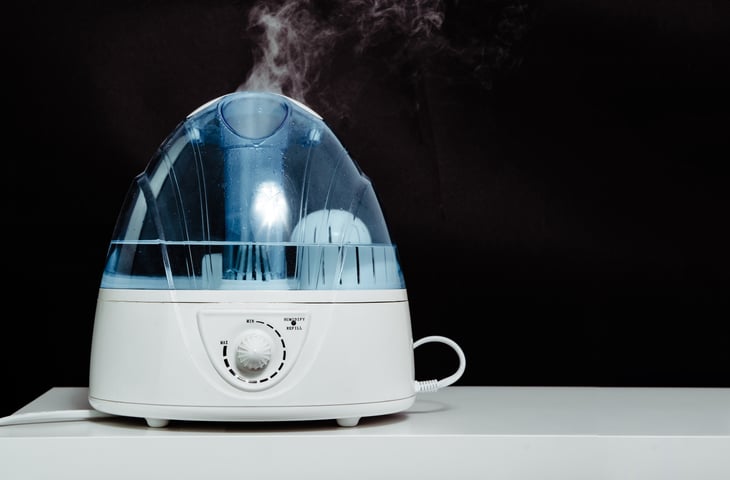
Add moisture to the air with a humidifier to warm it up.
It also helps to keep the bathroom door open after a hot shower or bath to allow moisture to infiltrate other rooms and provide warmth. (A kettle of water for warm tea puts moisture in the room, too.)
33. Turn down the water temperature

Hot water heaters are normally set at 140 degrees. Moving them down to 120 degrees can save as much as 5% to 10% on water heating costs without sacrificing warmth.
34. Lower the thermostat

You can save as much as 10% a year on heating and cooling by simply turning your thermostat back 7 to 10 degrees for eight hours a day from its normal setting, says the U.S. Department of Energy.
The percentage of savings from setbacks is greater for buildings in milder climates than for those in more severe climates.
You can easily save energy in the winter by setting the thermostat to 68 degrees Fahrenheit while you’re awake and setting it lower while you’re asleep or away from home.
35. Use a space heater
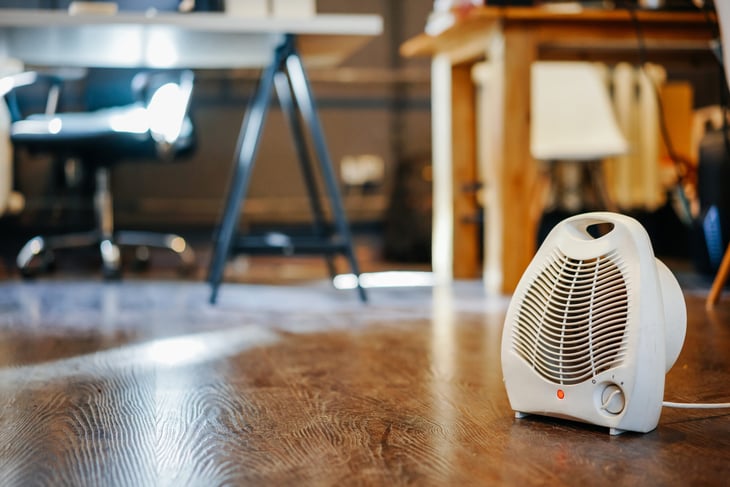
You can save money by lowering the thermostat in your house every day and using a space heater to heat only the rooms you use most.
Use only heaters with safety features, and if you have animals or small children, make sure they are unable to get to the space heater.
Also, make sure you have some way to remind yourself to turn it off when you leave the house or you’ll be wasting money on your electric bill.
Some space heaters have timers, tip-over shut-off protection and remote controls to make your life easier.






Add a Comment
Our Policy: We welcome relevant and respectful comments in order to foster healthy and informative discussions. All other comments may be removed. Comments with links are automatically held for moderation.